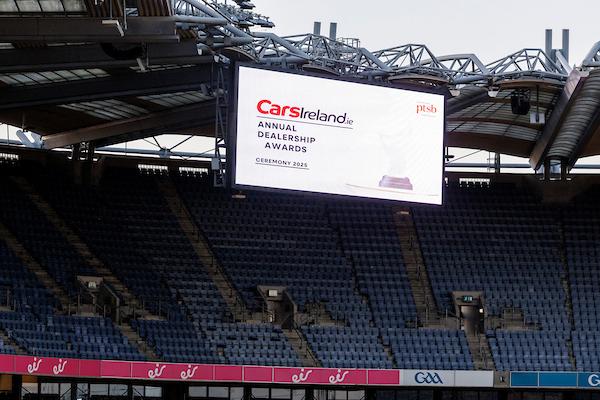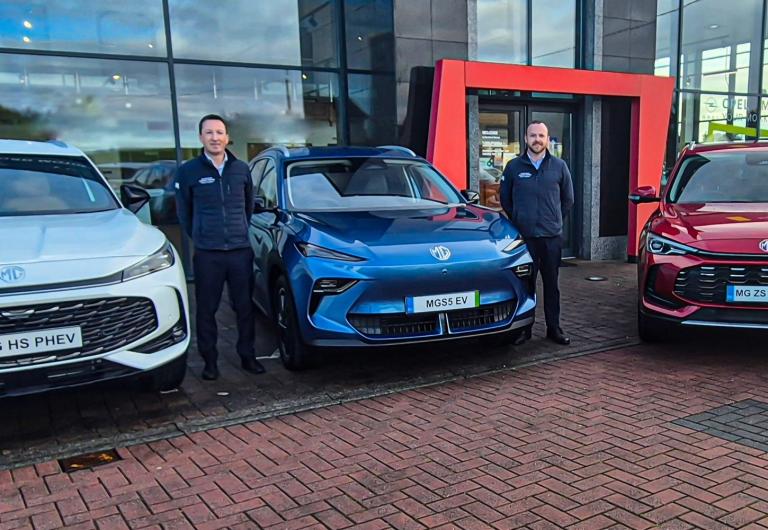WLTP - a closer look
Published on 18 September, 2018
The purpose of WLTP is ultimately a positive one - to give customers a more realistic expectation of fuel economy and record CO2 emissions more accurately.
Overview
What is WLTP and what does it mean for me?
WLTP stands for Worldwide harmonised Light vehicle testing Procedure, a new standardised system being rolled out to measure the fuel economy and CO2 emissions of all passenger cars.
What does it replace?
Up to now, cars have been tested under the old NEDC (New European Driving Cycle) system. The results of this were then used to place a car into certain VRT and tax bands. Given that the Irish motor tax system is based on CO2 emissions, this has an impact on both the initial cost of the car (the percentage of the purchase price payable in VRT), and determines which annual motor tax band it sits in. It was also used to calculate the official fuel economy of a car, i.e. the l/100km or MPG figure quoted by the manufacturer.
Why the change?
The problem with the NEDC system is that it was never based on ‘real world’ driving, and as seen during the Volkswagen emission scandal a few years back – could be compromised. Developed in the 80s, it was essentially a series of laboratory tests based on a theoretical driver profile. Given the disparity of different driving styles and environments around the world, the resulting figures were very difficult for the average consumer to match. This is the reason that a lot of claimed fuel economy figures seem way off the mark, and have generally become accepted as fantasy in most cases. A car claiming to use 4.0l/100km for example will be expected to use at least 5 in a real world setting.
The new test will cover a longer test distance, over a range of different driving environments including urban, suburban, main road and motorway. It will also take in to account different driving styles with harsher acceleration and higher speeds included in the tests. In short, it’s going to be a much tougher test for manufacturers but one which will ultimately result in a more realistic claimed fuel economy for drivers from the off.
What does it mean for Irish motorists?
The full implications are not entirely clear at present but unfortunately, it looks like it might not be great news financially for new car buyers. The WLTP tests are expected to produce CO2 results that could be up to 20 per cent higher than what they were under the old system. Despite the fact that the cars will not be producing and more CO2 than they were previously, they will still need to be reclassified under the new system.
If the tax bands in Ireland are not adjusted to reflect this, it will lead to an increase in the percentage of VRT payable on the vehicle leading to a higher purchase price, and also a possible increase in annual motor tax rate too if the increase in CO2 is high enough to push the cars into a new and higher tax band. If the increase is deemed too large to be sustainable on certain vehicles, we may even see some models pulled from the Irish market altogether.
When will it come in to place?
The full force of WLTP testing will not come in to effect until January 2020, at which point manufacturers will only be allowed to quote these new and more accurate figures to their customers. In the meantime, the change is being phased in gradually and new cars will have both WLTP and correlated NEDC figures which reflect a slight increase across the board of about six per cent in consumption and CO2. This has been enough to see some cars jump a tax band already but we won’t see the full effect until the final roll out in 2020. The increase in VRT will be more difficult to mask with some manufacturers taking the opportunity to refresh or release new models with different specifications to help soften the blow of an all-out price increase.
Are the changes preventable?
The new system is coming and it is not negotiable. The purpose of WLTP is ultimately a positive one - to give customers a more realistic expectation of fuel economy and record CO2 emissions more accurately. It was never intended to penalise the consumer with tax increases, and the EU have called on governments not to attempt to profit from the new system. A simple solution here would be for our Government to adjust the VRT and tax band thresholds so that new cars (which are emitting the same amount of CO2 that they were before), are not subject to higher rates as a result.
The alternative is to allow another huge blow to a motor industry already struggling due to a huge increase in Brexit-fuelled imports from the UK, which are set to equal new car sales by the end of the year. Increasing the price of new cars will ensure even more money flows out of the economy, with a very real risk to jobs and dealerships.
Latest Reviews

CarsIreland Dealership Awards 2025: Celebrating Excellence Across Ireland

Rochford Motors Joins MG Network as New West of Ireland Dealer

Learn to Drive Smarter with KennCo Insurance and Brendan Tierney
